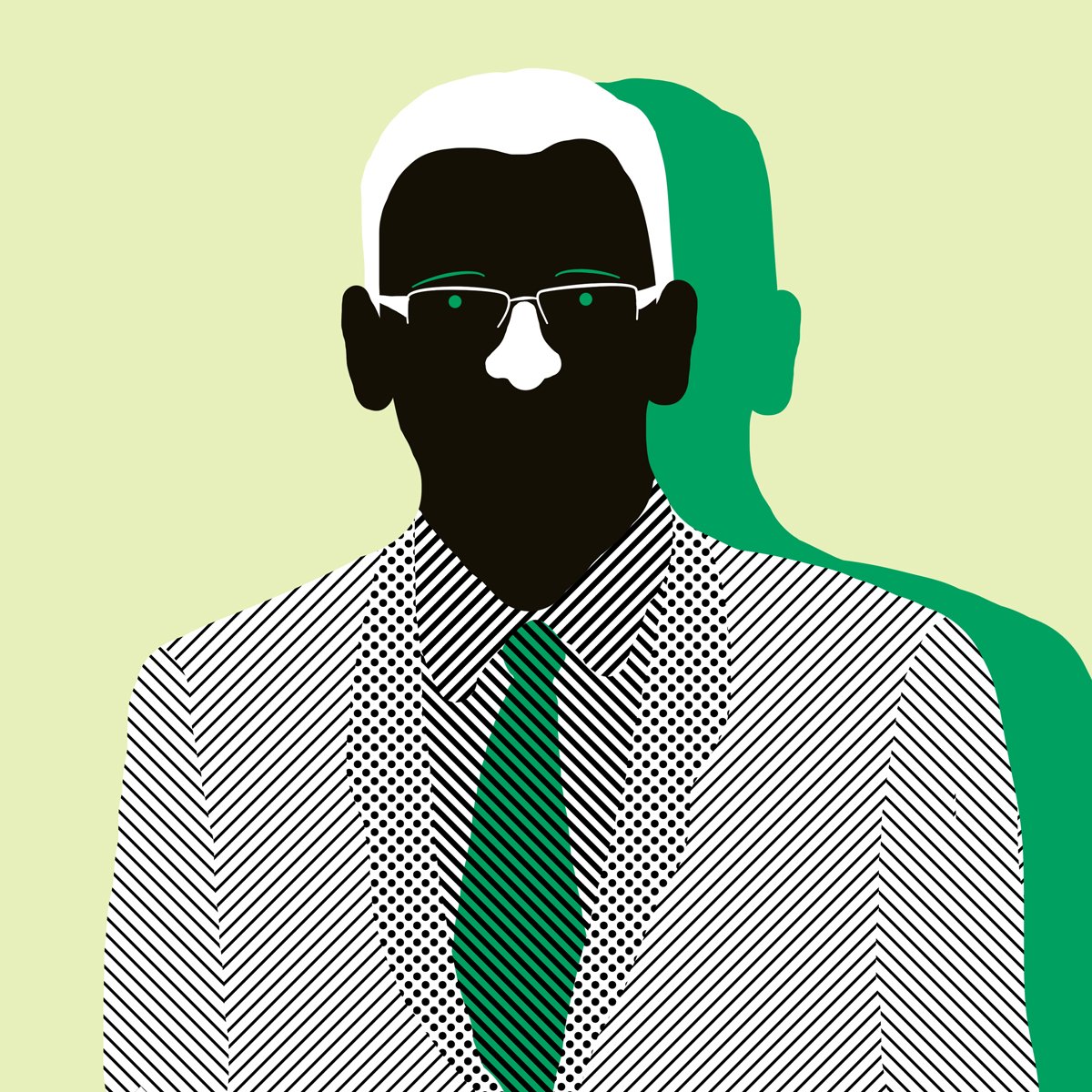
December 8, 2014
Connected Living Will Bring Boomers and Millennials Together
Every generation shapes its own lifestyle. But how can design build stronger bonds between people of all ages?

Illustration by Sara Andreasson
As digital devices begin to proliferate in every space of the home, consumers are now demanding that technology be both convenient and meaningful to their everyday lives. Some third-party studies have shown that 28 percent of North American consumers own a connected-home device, about three devices on average.
Consumers now expect to be able to incorporate these technologies into their homes. This is something I like to call tech-spectation—users want these connected-home products to be more adaptive to them, more inclusive, and to perform based on their personal behavior. The Nest Learning Thermostat, the Sleep Cycle alarm clock, and the Canary home security system are all good examples of this. Designers should be inquiring about how digitally savvy their customers are. A high percentage of Generation Yers think that a smart home is essential, so their tech-spectations of that are much higher. Now, older consumers, too, are imitating the behavior they’ve seen from their kids, things like using instant messaging, texting, and Facebook. In fact, they could very well take the lead in terms of purchasing technology for the home—after all, they may have more financial wherewithal to do this, even if it is their kids who are helping them install these devices and leverage them fully in their lives.
The group of Leading-Edge Baby Boomers—those born between 1946 and 1954—are altering society’s opinion of aging in America. To them, aging isn’t necessarily about being predictable, boring, or over-the-hill—they have a “forever young” spirit about them. They are trying to continue to adapt, and a big part of that is through technology, from smartphones all the way to smart homes and the connected products they contain.
While Leading-Edge Boomers feel the need to stay engaged with the community at large, they’re also looking for new ways to stay connected within their homes. Boomers consider their homes a haven, a place where they can engage with their spouses and other family members on all levels. Transitions between rooms are wider, allowing for increased mobility as they continue to age. Opening up interior walls links rooms better and allows individuals to feel a sense of togetherness, even when they might be pursuing independent activities.
“People are looking to connect with various aspects of life more seamlessly.”
Because of this sense of pride in how they live, it doesn’t sit right with Boomers to “age in place”—instead, they will choose to “live in place.” And as they do, they will continue to invest in their homes. Fifty-seven percent of Boomers plan to move from their current home for retirement; two-thirds of those planning to move are willing to update or renovate their next home to fit their specific wants and needs.
What it means to live in a city is changing. Walkable urban centers are attractive to both Gen Yers and Baby Boomers. They want to walk or easily commute via public transport or biking—to work or to socialize, and to shops or entertainment nearby. Many Gen Yers are even willing to pay more for walkability, and trade space for it.
The lifestyle choice to move to an urban environment now transcends megacities, with consumers seeking the conveniences and atmosphere of downtown living, just on a lighter scale. The downtown populations in smaller cities, those with between 100,000 and 250,000 occupants, like Midland, Texas; Fargo, North Dakota; and Jacksonville, North Carolina, have all shown significant growth in recent years.
Ease of use is important in many of the aspects of life I’ve mentioned before; whether it’s connecting in the home, or in the neighborhood. I want connected products to be simple and easy to use, as a functional benefit. I also want to be able to maneuver in a city area easily. People are looking to connect with various aspects of life more seamlessly. The idea of connectivity seems to cut across all of these dimensions.
Jack Suvak is senior director of consumer and market insights at Moen.
Recent Viewpoints
Viewpoints
Navigating the Path to Net Zero





